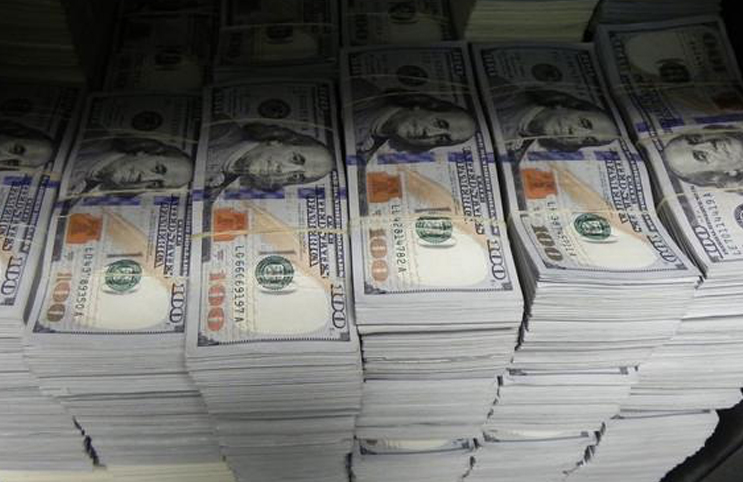Last year, a study in Health Affairs by a father-daughter pair of public policy researchers found that Medicare prescriptions for things like painkillers, antidepressants, and anti anxiety medications dropped sharply in states that introduced a medical marijuana program. The implication? Offered the choice between taking medication prescribed by a doctor and self-medicating with marijuana, many older patients opted for the marijuana.
However, the study left one big question unanswered: Since the study’s authors (the University of Georgia’s Ashley Bradford and W. David Bradford) only looked at Medicare data, they couldn’t say for sure whether the findings held for younger patients too. Now, we’re getting more answers. This week, the Bradfords are back with a new study applying the same analysis to prescriptions under Medicaid, which covers low-income people of all ages. The results largely validate their previous work: Medicaid prescriptions for certain drugs fell significantly in states that adopted a medical marijuana law.
Specifically, anti-nausea drug prescriptions fell by 17%. Antidepressant prescriptions fell 13%, while prescriptions for seizure and psychosis drugs fell 12%. Not everyone who has access to medical marijuana opts for it, obviously. However, enough do to make a significant dent in the prescription numbers. The Bradfords conclude, “Patients and physicians in the community are reacting to the availability of medical marijuana as if it were medicine.”
Perhaps most significantly from a public health standpoint, prescriptions for painkillers fell by 11%. Opiate painkillers are behind much of the current drug overdose epidemic. Numerous studies have found that opiate abuse and overdose rates fell in states with medical marijuana laws. The Bradfords’ research describes the mechanism by which that could happen: the introduction of medical marijuana laws coincides with a drop in painkiller prescriptions. The Bradfords’ data only include prescriptions made under Medicare and Medicaid, but given the totality of their evidence it seems reasonable to assume that similar patterns hold true for patients on private insurance plans.
In the current budgetary environment, no analysis of healthcare is complete without a discussion of costs. The Bradfords estimate that because of the drops in prescribing rates, a nationwide medical marijuana program would save taxpayers about $1.1 billion on Medicaid prescriptions annually. That’s on top of the the half a billion in Medicare savings the Bradfords estimated last year. Those costs don’t evaporate into thin air, of course: they would simply be shifted over to seniors and low-income people who would be purchasing medical marijuana outside of their insurance programs.
MAPH Enterprises, LLC | (305) 414-0128 | 1501 Venera Ave, Coral Gables, FL 33146 | new@marijuanastocks.com









